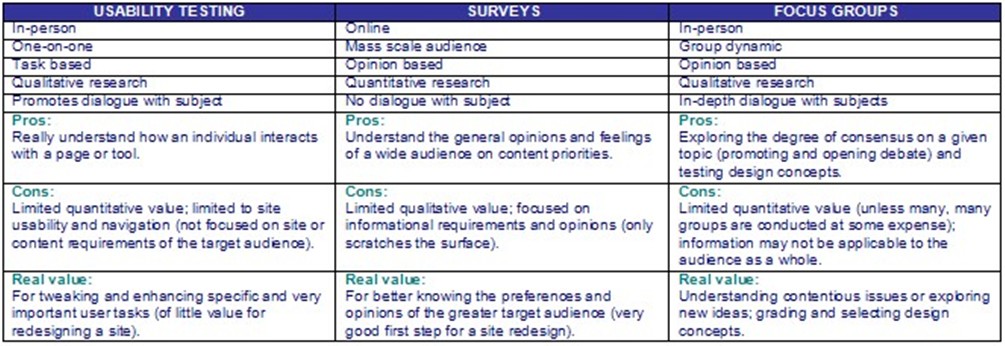An intranet is not a website. In fact, its shocking how many executives and companies treat the intranet as nothing more than an internal website. I had one head of HR tell me, of a regional – municipal government in Vancouver, Canada, once tell me, “I don’t see why we even need an intranet — we have a website, email, and a phone.” I won’t even repeat what the CEO of this loser culture told me….
When properly executed, the intranet is an all-encompassing business system — a nearly equivalent, and compatible business ecosystem. Technology is only a supporting component; the success of an intranet has more to do with people in process.
Understanding the role of people and the employees begins at the top of the organization. In Leading an intranet redesign I espoused the importance of having an executive champion. Like a political campaign, an intranet redesign requires the support and vote of those that count – particularly senior management.
Truth be known, when it comes to execution of the site information architecture, layout and site design, your target audience is far more important. Employees determine the ultimate success of your intranet.
If you build it they will not come. It’s not enough just to build it; you must build a system that is engaging, intuitive and bestows tangible value for the employee. If it is not enticing and easy to use, then your intranet is doomed to die a slow death until the next redesign.
EMPLOYEE REQUIREMENTS
Employee requirements and input must be built into the blueprint of the intranet long before any attempt at redesign an intranet or portal’s ‘look-and-feel.’
Engaging employees for feedback on their opinions and feedback can be simple to complex; qualitative to quantitative. My personal preference is a combination of user survey and focus groups. However, one-on-one interviews, usability testing, and feedback tracking all have their own value.
In short, there are both qualitative and quantitative tools for engaging employee users. If it is in fact a full redesign, then usability testing serves limited value. Usability testing is best employed when testing a working prototype prior to going live. A combination of survey and focus groups allows both quantitative and qualitative measurement.
The table below details some of the pros and cons of using different research tools:
For a complete comparison of employee research techniques please read When to use what research tools.
BUSINESS REQUIREMENTS
Not to be forgotten in the process of building a business case and a blueprint for your redesign is the needs and requirements of the business itself.
Since the business can’t speak for itself, senior managers are the voices of choice to speak for the needs of the organization. Of the senior managers that matter most, there are those that represent the ‘big three’:
- Corporate communications
- Human resources
- Information technology (information services)
In most organizations, the key players often represent those three disciplines. However, other key stakeholders could include:
- Finance
- Operations
- Marketing
- Business units
Senior managers are however extremely opinionated. And they must be heard. At the outset of any redesign, key managers should be interviewed one-on-one. Resist the urge to do a focus group for initial consultations; senior managers deserve your unequivocal attention.
EXECUTIVE SUPPORT
An intranet redesign is like a political campaign – you might win, you might lose. And like a political campaign, an intranet redesign requires the support and vote of those that count – particularly senior management.
It is possible to do a redesign without the support of senior management and eek out a minority victory, but your power and potential success will be severely limited without the support of those key taxpayers – the people that pony up the cash.
If your intranet isn’t owned by a senior executive then you need a champion. However, unlike a political campaign working for a democratic purpose, a corporation is not a democracy. Senior executives are all powerful. They have the political clout and they control the purse strings.
Enlisting an executive champion
In organizations with successful intranets, the intranet champion is a c-level executive. In other words, a senior executive that reports directly to the CEO. This could be the CIO, the CFO, the COO or perhaps the SVP for communications or human resources.
Determining which executive makes the best champion in your organization depends on the executive and their power and influence within the ranks. Firstly, your executive champion should understand the value of the intranet and the potential it can deliver. Secondly, your executive champion needs to be involved. Not on a day-to-day basis, but when a decision needs to be made or funding is required. As far as a time commitment, your champion need only attend an occasional meeting (perhaps twice per year).
Usually, in most cases, executives don’t know much about intranets. In fact, most think of the intranet as a cost center. You need to educate them.
Education comes in the form of:
- Best practices and case studies
- Employee research
- Business case with ROI
Developing a complete business case with all of the above will convince just about any executive of the need for a high value intranet.
Keep reading….Intranet Redesign


Pingback: The business case for an intranet redesign | Intranet Blog | Captainslacko.com